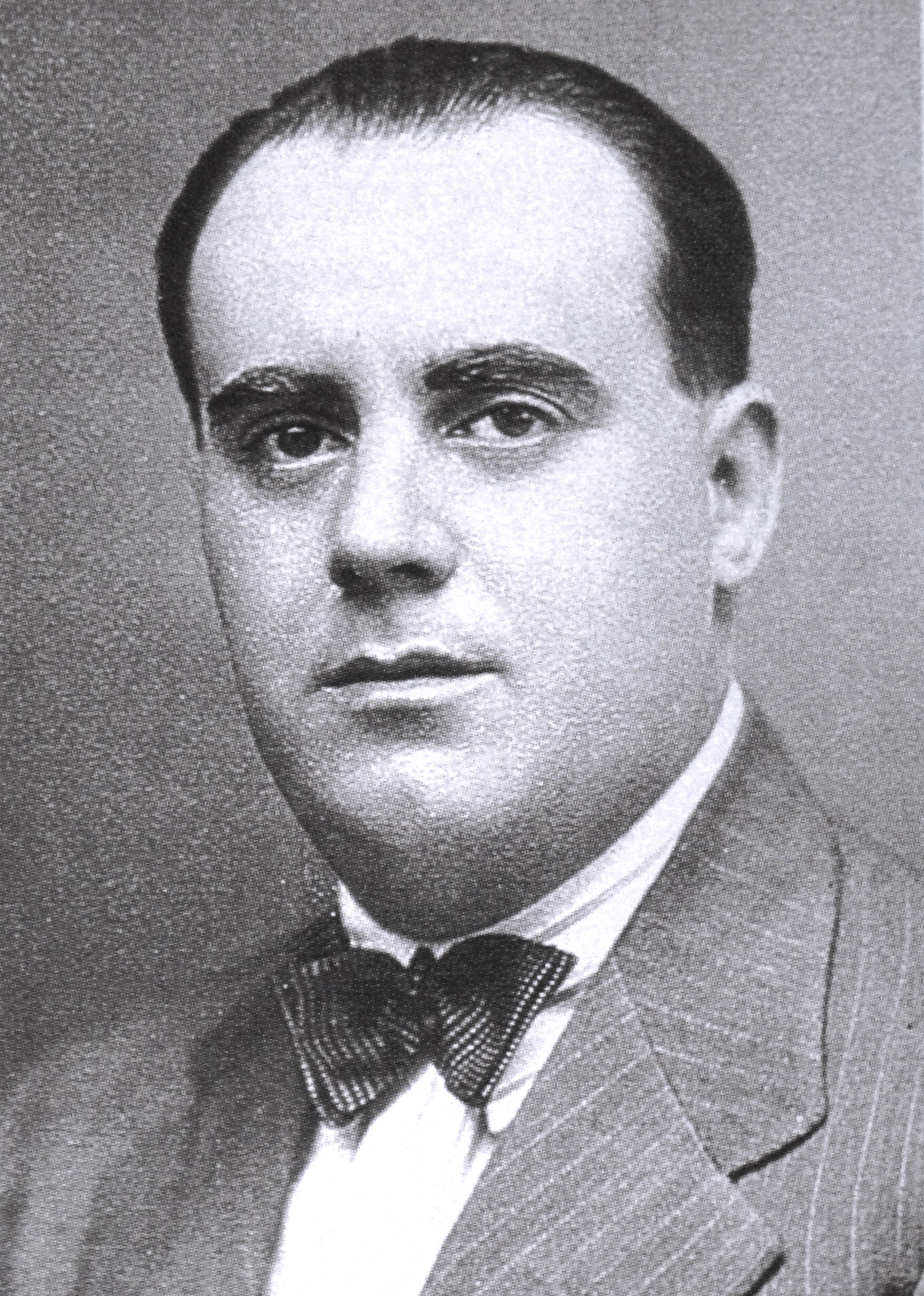Illustrious dermatologists
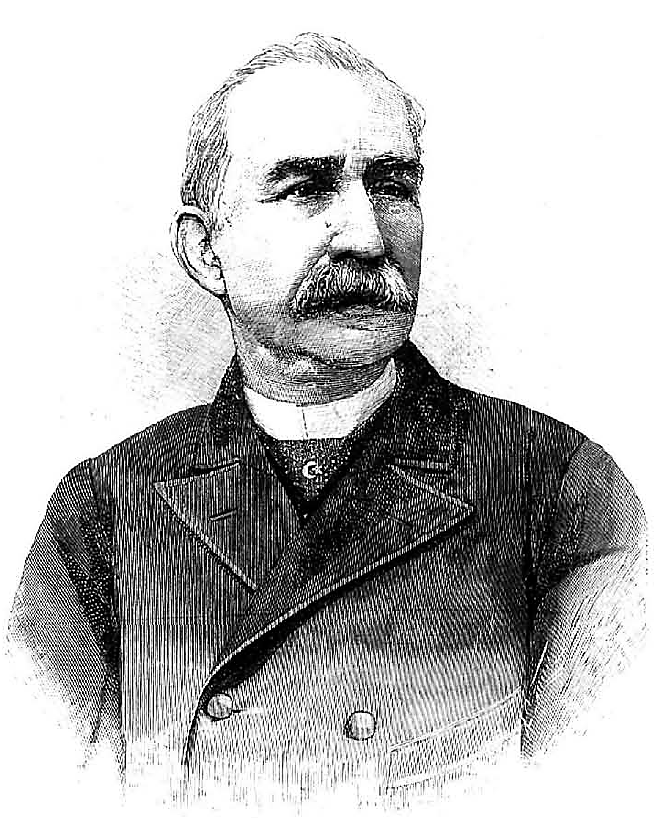
Eusebio Castelo y Serra
He was born in Segovia on May 5th, 1825. After completing primary school and high school, he moved to Madrid and studied Medicine at the Royal College of San Carlos, for which from a very young age, he felt a great vocation.
He graduated in Medicine and Surgery with the highest qualification. He obtained the title of Doctor by presenting a thesis titled: De la influencia de las pasiones en la producción de las enfermedades (The influence of the passions in the production of diseases). Shortly after finishing his training at San Carlos, the Cloister commissioned him to teach Rhetoric and Poetics, which he ran for several years with success. In 1857 he obtained, by competitive examination, a position as a doctor at the San Juan de Dios Hospital.
His work was focused on Syphilography with the diagnosis and treatment of venereal diseases, especially syphilis. This infection was very serious due to its high prevalence in society and the lack of effective medical treatment.
There is no doubt that Dr. Castelo was one of the pioneers in the development of an impressive scientific activity, hospitalization and teaching of the San Juan de Dios Hospital; and one of the founders of the museum along with Dr. Olavide. He collaborated frequently during his medical career, publishing in some newspapers and magazines such as the Boletín de Medicina y Cirugía, which later became El Siglo Médico. Eusebio Castelo’s fame grew abroad. An example of this is that he was one of the doctors required to attend to Emperor Frederick II of Hohenstaufen.
He was a member of the Royal Academy of Medicine. He took possession of chair no. 11 on April 28th, 1861. He presided over the institution from 1890 until his sudden death at the age of 67, which occurred on January 27th, 1892.
In his hometown of Segovia, tribute was paid to him by placing a plaque on the house where he was born, and the street was also named after him. Likewise, in Madrid a street was dedicated to him and is in fact, one of the streets next to the San Juan de Dios Hospital. This street still honors Dr. Castelo today.
José Eugenio Olavide y Landazábal
He was born on September 6th, 1936 in Madrid. He became an illustrious dermatologist as well as the founder of the museum that bears his name.
He is considered the father of Spanish dermatology. He was a doctor at the San Juan de Dios Hospital, which was dedicated to venereology since its foundation in the 16th century, and where Olavide created the first Dermatology service in Spain. In addition to his professional activity, he carried out free practical teaching in the same hospital. He attended the 1st International Congress of Dermatology in Paris (1889). He was a member of the Medical-Surgical Academy of Madrid and of the Royal Academy of Medicine. He was also a doctor to the Royal Family.
Having studied at the Faculty of Medicine in Madrid (then the Royal College of San Carlos), and after graduating in 1858, he traveled to Paris, where he learned about the new intellectual currents advocated by the French dermatologists Devergie, Hardy and Bazin. According to the latter’s theory of diathesis, skin diseases would not exist as such but would be the external expression of systemic diseases. Bazin understood skin diseases as tendencies that he called ‘diathesis’. There were six: herpetism, arthritism, syphilis, scrofula, leprosy and pellagra. It should be taken into account that Bazin developed his system a few years before Mycobacterium Leprae, Mycobaterium Tuberculosis and Treponema Pallidum – bacteria that causes leprosy, tuberculosis and syphilis respectively – were known. Firmly convinced of these theories and based on his own observations, Olavide added a new diathesis: the cancerous one.
Among his numerous publications, it is worth highlighting: Dermatología General y Clínica Iconográfica de las Enfermedades de la Piel o Dermatosis (General Dermatology and Iconographic Clinic of Skin Diseases or Dermatoses) published in 1871, a large-format work that consists of two volumes; one dedicated to the text and the other to the illustrated atlas: Atlas Iconográfico-Clínico de las enfermedades de la piel o Dermatosis (Atlas of the Iconographic Clinic of Skin Diseases or Dermatoses), which is a true symbol of Spanish dermatology.
Dr. Olavide, in addition to being an excellent clinical observer, was an enthusiastic collaborator of histopathological and bacteriological studies. He initially worked with renowned dermatologists of the time, such as Sanz Bombín, Eusebio Castelo, Fernando Castelo and Azúa.
Other contributions of his in the world of medicine are: the creation of the Anatomy and Pathology Museum of the San Juan Dios Hospital, which later became the Olavide Museum, the dissemination and publication of articles in the medical journals of his time, and the creation of the hospital’s Microscopic Laboratory, with the purpose of advancing research and developing this specialty.
In poor health, he died at an early age (not yet 65 years old) on March 1st, 1901 at his home on calle Preciados 1 in Madrid. After his death, the San Juan de Dios Hospital Museum was renamed the Olavide Museum due to the great effort and dedication he put into the project from its beginnings.


Manuel Sanz Bombín
He was born in Madrid in 1841. He was an outstanding student at the Instituto San Isidro. He entered the San Carlos Hospital as an internal student, becoming a disciple of Dr. Santero and a close friend of Fernández Villaverde, Cortezo and Sanmartín. He entered the Provincial charity after passing the competitive examinations of 1869, obtaining an exceptional victory three years later in those held for Public Health inspectors.
He was an internal medicine specialist with exceptional clinical skills but his position as Health Inspector forced him to specialize in Venereology and Syphilography, moving to the San Juan de Dios Hospital, where he was soon given the position of Chief Physician.
He also participated in politics as he was a republican and belonged to the famous political militant group called ‘partida de la Contraporra’. He was affiliated with the federal group of Paul y Angulo and contributed to the dethronement of Queen Isabella II and the Glorious Revolution of 1968, the so-called La Gloriosa.
He died on February 1918, as the Faculty Director of the San Juan de Dios Hospital.
Fernando Castelo Canales
He was born in Madrid in 1855. Castelo represents the transition.
His position is intermediate between Drs. Sanz Bombín and Azúa.
Dr. Fernando Castelo, son of Eusebio Castelo, was one of the few doctors who, with Olavide and his father, began to establish contact with their foreign colleagues, attending international congresses and contributing work of genuine interest to these meetings. He traveled to Frankfurt to study salvarsan therapy, acquiring great knowledge about salvarsan medication, which he later completed in his clinic and contributing his work to Actas Dermo-Sifilográficas.
He also distinguished himself notably as a medical writer, writing numerous articles from which can be cited: Venereal ulcer, Syphilitic fungus of the testicle, Transmission of syphilis through breastfeeding, Blenorrhagic prostatitis, Genital herpes and its differential diagnosis of various conditions, Syphilitic fever, Syphilitic typhosis and others such as Urethral strictures, Internal urethrotomy, Retrograde catheterization of the urethra, Suprapubic puncture of the urinary bladder, Infiltration of urine and urinary abscesses, etc. as well as others outside the specialty and those purely literary.
A kind man, who after the ailments of age and the suffering of a chronic illness, became isolated from scientific circles but not before occupying the position of Dean of the Provincial Charity. He died in Madrid, on May 5th, 1935.
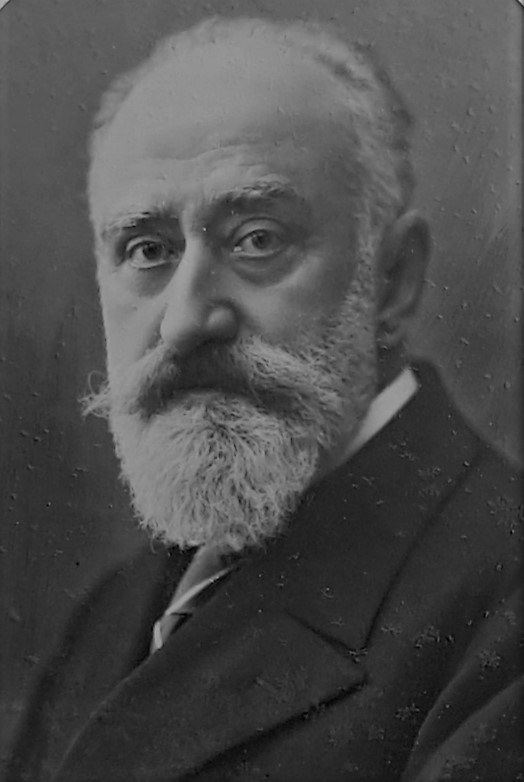
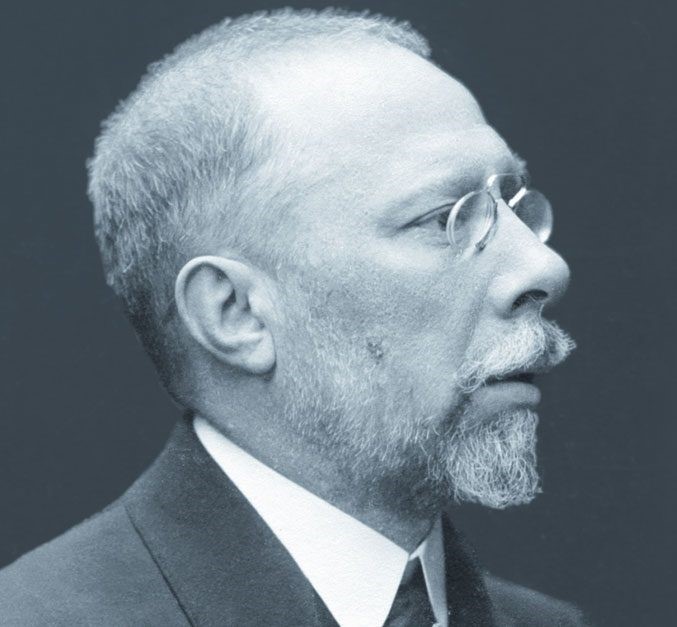
Juan de Azúa Suárez
Born in 1859 in Madrid, although he spent his early childhood in Siruela (Badajoz). He is especially recognised and remembered for being the founder of the Spanish Society of Dermatology and Syphilography in 1909, today known as the Spanish Academy of Dermatology and Venereology (AEDV) and at the same time the founder of the prestigious scientific journal Actas Dermo-sifiliográficas (official publication of the AEDV).
In 1875 he began his medical career with preparatory studies, and in 1877 he entered as an intern in the clinics of Drs. Creus, Olivares (Tocologist), and Cortejana where, when performing a cure on a patient affected by gonorrhea, his left eye was affected and he lost it in a matter of days.
He graduated on March 28th, 1879 and in 1880 he took a competitive examination for the Spanish Military Medical Corps, obtaining a position that he did not occupy. Later in 1982 he won a position in the Municipal Charity by competitive examination. He also took a competitive examination for La Princesa Hospital without obtaining a vacancy and later in 1885 he entered the Provincial Charity. In 1887 he was assigned to the San Juan de Dios Hospital to serve as a substitute and in 1889 he was in charge of a permanent dermatological consultation service.
Already in charge of the Dermatology consultation at the San Juan de Dios Hospital, in 1892 he was appointed special professor in charge of the Dermatology and Syphilography free teaching at the Faculty of Medicine, a job he carried out until 1909.
He was a disciple of Olavide but little is known about their relationship upon his admission to San Juan de Dios. At that time Olavide was established as a figure in Spanish and European dermatology. It is known that Azúa initially embraced the Bazinian concept of dermatology, which was what Olavide advocated, and which prevailed in Spain. In this vision, he understood skin diseases as the external result of the different internal tendencies or ‘diathesis’ of each individual. Over time, when his clinical practice increased and his practical evidence became more precise, Azúa abandoned this theory to embrace with deep conviction the principles of the anatomopathological school created by Hebra in Vienna in the mid-19th century.
In 1904 he published, in collaboration with Claudio Sala, his master work: Pseudoepitheliomatous hyperplasia, which he presented at the International Congress held in Madrid. In 1909 he founded the magazine Revista Clínica de Madrid, together with Elcigaray, Goyanes, Medinabeitia, Cardenal y Salas, and Ortiz de la Torre. This magazine was soon absorbed by the magazine Siglo Médico and by the constitution of the Spanish Academy of Dermatology and Syphilography, to which Azúa dedicated his time and most of his original work and communications.
In the session of the Royal Academy of Medicine on April 16th, 1916, chaired by Dr. Cortezo, he was elected as Academic for the Surgery Section. He could not take possession of such a position, so he was not a full academic; his death prevented him from taking this honor in 1922, when everything was already prepared for it.
In 1918 and in the days of glory and happiness, when his school was achieving the highest recognition abroad, he suffered an attack of hemiplegia, due to a cerebral embolism. He still knew how to overcome such a serious illness and, despite his paralysis, he continued to see patients, publish, study and attend classes. He died on May 5th, 1922, the same morning that he had been teaching the students the figures of the Olavide Museum that was located in the San Juan de Dios Hospital.
José Sánchez Covisa
He was born in 1881 in a city of Cuenca called Huete.
He studied at the Colegio de San Carlos at the Faculty of Medicine in Madrid. He was an internal student through competitive examination by the Faculty of Medicine and of the Provincial Charity. In 1904 he obtained his doctorate with the thesis titled: Algunas consideraciones generales sobre el concepto de la clorosis (Some general considerations on the concept of chlorosis). In 1904 he won a vacancy in the Municipal Charity of Madrid, entering in 1908 through competitive examination in the medical corps of the Provincial Charity. He was assigned to the San Juan de Dios Hospital in Madrid and specifically to the Dermatology service directed by Juan de Azúa y Suárez where he trained in the specialty. In 1912 he gained the rank of full doctor, and in 1922, upon the death of Azúa, he obtained the position of full professor. In 1926 he won the Chair of Dermatology and Syphilography at the Faculty of Medicine in Madrid through competitive examination, also replacing his teacher. After being appointed director of the San Juan de Dios Hospital in 1937, in the midst of the Civil War, he took up a position as temporary associate professor of Dermatology at the Faculty of Medicine in Barcelona, going into exile after the Civil War.
He published a significant number of publications, but stands above all his book Elements of Dermatology, written in collaboration with Julio Bejarano Lozano, one of his most faithful collaborators and disciples. He wrote numerous original and popular articles, both in specialized and general magazines. His interest in researching and transmitting was also satisfied with his disciples, since he created a great dermatological school from which very valuable specialists emerged, some of whom became professors at Spanish universities. Among his disciples it is worth highlighting Julio Bejarano Lozano, José Gay Prieto, José Gómez Orbaneja, Joaquín Soto de Usa, Emilio Enterría and Augusto Navarro Martín.
His enormous prestige led him to enter in 1928 as a full academic at the Royal Academy of Medicine with the speech titled The social problem of leprosy in Spain, and occupying chair number 20.
In 1920 he was elected president of the College of Physicians of Madrid. He was president of the Medical-Surgical Academy, and also honorary president. In addition he was also the president of the Spanish Academy of Dermatology and Venereology on two occasions. He was a correspondent academic of the Societé Française de Dermatologie et Syphiliografie and the Sociedad Dermatológica Argentina. He was a socialist deputy in the Constituent Cortes of 1931, going into exile after the Civil War. Under the Rectorate, at the Central University of Claudio Sánchez de Albornoz, he was appointed dean of the Faculty of Medicine, a position he held until 1934, when he resigned.
In his exile in Venezuela, he continued practicing dermatology. He died in Caracas on June 23, 1944.
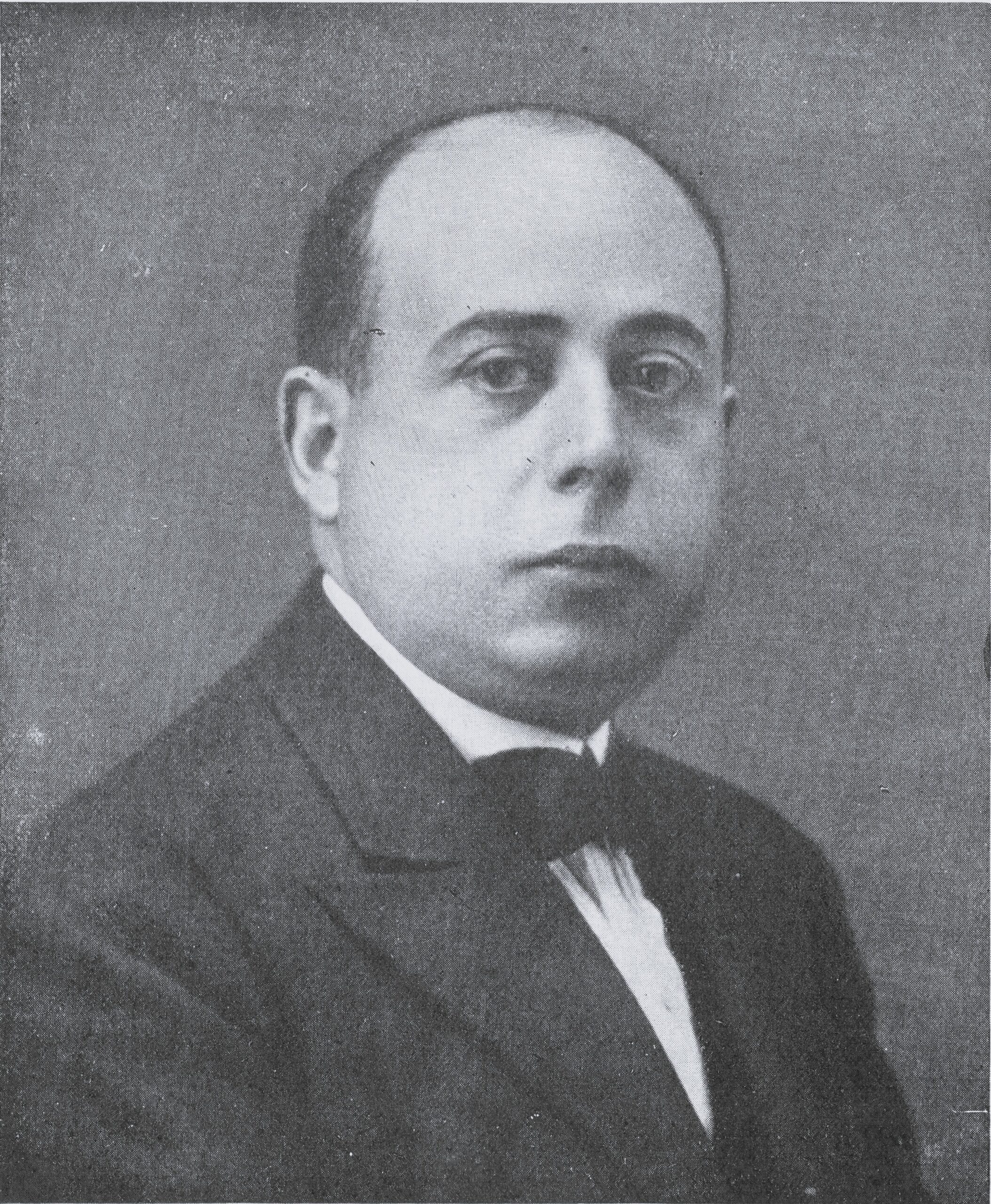
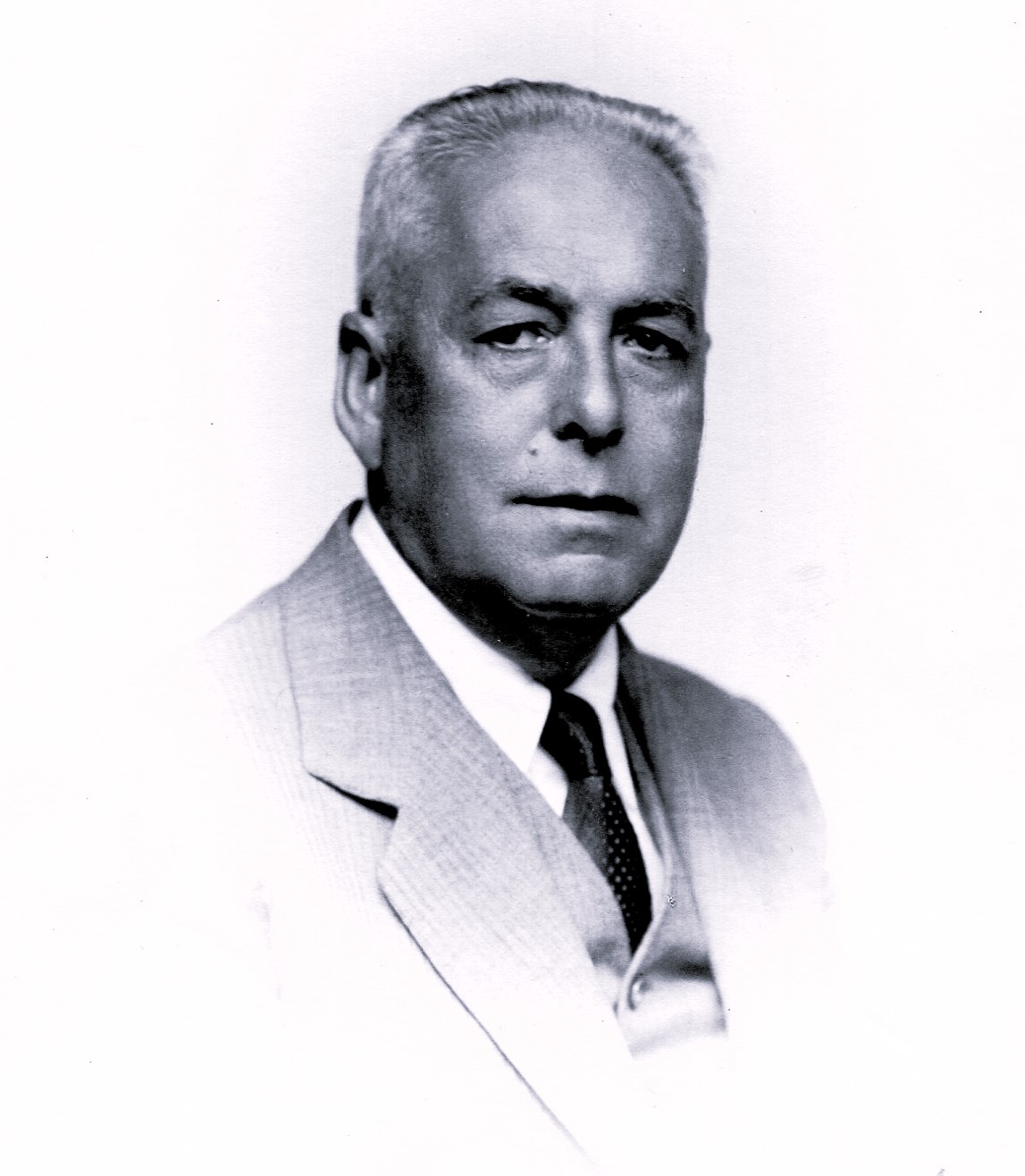
Enrique Álvarez Sainz de Aja
He was born in Madrid on September 16th, 1884.
He completed his degree in Medicine at the Colegio de San Carlos in Madrid, graduating in 1906. His doctoral thesis was titled De la peritonitis por perforación intraperitoneal del aparato digestivo (Peritonitis due to intraperitoneal perforation of the digestive system). In 1907 he was appointed clinical professor at the Faculty of Medicine in Madrid and assigned to Obstetrics with Prof. Chacón, where he remained until 1912.
In 1908 he joined the San Juan de Dios Hospital together with Sánchez Covisa. He then began his dermatological activity to which he added his impressive surgical preparation, which made him a pioneer in dermatological surgery in Madrid. It should be noted that throughout the period between 1908 and 1935, certain differences developed between Sáinz de Aja and Sánchez Covisa that led to multiple disagreements.
Enrique Álvarez Sainz de Aja was a tireless doctor, prolific, and multifaceted author. In addition, he published articles on Finsen therapy, radiotherapy, dermatological history and epidemiology. He attended numerous International Congresses and was one of the promoters of the Ibero-Latin-American College of Dermatology.
He had the merit of regrouping Spanish dermatology after the Civil War due to the exile of other great dermatologists such as Sánchez Covisa, Bejarano or Peyrí. With the collaboration of José Gay Prieto and Eduardo de Gregorio, he was able to resume the publication of Actas Dermo-sifiliográficas.
He worked mainly at the San Juan de Dios Hospital with care work, without dedication to teaching, so he did not leave behind a school, but he did leave disciples.
He was president of the Spanish Academy of Dermatology and Venereology for three periods: 1927-1931, 1943-1947 and 1955-1959. He died in Madrid on May 11th, 1965.
Julio Bejarano Lozano
He was born in Madrid in 1893.
He studied Medicine and graduated in 1916. Two years later he obtained a vacancy in the Provincial Charity, associating from then until his exile with José Sánchez Covisa at the San Juan de Dios Hospital. In 1918 he managed to be top of his class in the first competitive examinations held to establish the Medical Corps in Anti-venereal Fight where he worked in the dispensary on calle Luisa Fernanda in Madrid. He was also a promoter of anti-venereal propaganda using as a means of dissemination something as novel at that time as the cinematographic technique.
When the competitive examination was offered to apply for the chair of Dermatology in Madrid, Bejarano refused to appear to ‘not overshadow’ Sánchez Covisa, whom he considered his teacher. For some authors this fact was a sign of his generosity, since they were convinced of Bejaranos scientific superiority, over that of Sánchez Covisa. He was an assistant professor, standing out for his clarity and erudition in the exposition.
A lover of social gatherings at the German Brewery, he captivated everyone with the clarity of his presentation, and he was a role model for all the young people who were training in the specialty. He insisted on the usefulness of knowledge of several languages to keep up to date with the scientific advances that were taking place in the field of dermatology. In 1927 he appeared as a scientific advisor for a film called La Terrible Lección that was filmed by the Anti-venereal Executive Committee, directed by Fernando Delgado and scripted by Leopoldo Bejarano. Part of the footage was filmed at the San Juan de Dios Hospital where it is possible to see images of the laboratory, images of Prof. Sánchez Covisa teaching a class, as well as a brief visit to the Olavide Museum guided by the wax sculptor at that time José Barta. This same year he published his doctoral thesis Estudio serológico de la lepra (Serological study of leprosy).
José Bejarano was President of the Spanish Academy of Dermatology and Venereology from 1931 to 1934. He was a Spanish delegate to various international dermatology congresses. Among other positions he held, we should also mention the position of General Director of Health in 1933 and the presidency of the Colegio de Médicos de Madrid from 1936 to 1937. He was also the Chief of Health Services in the Army with the rank of general during the Civil war.
After the war he was exiled to Mexico, where he was director of the ‘Leprosarium of Mexico’, dermatologist at the Spanish Hospital, and president of the Mexican Society of Dermatology. He attended the 3rd Ibero-Latin-American Congress of Dermatology in 1956. He died in Mexico in 1965.
